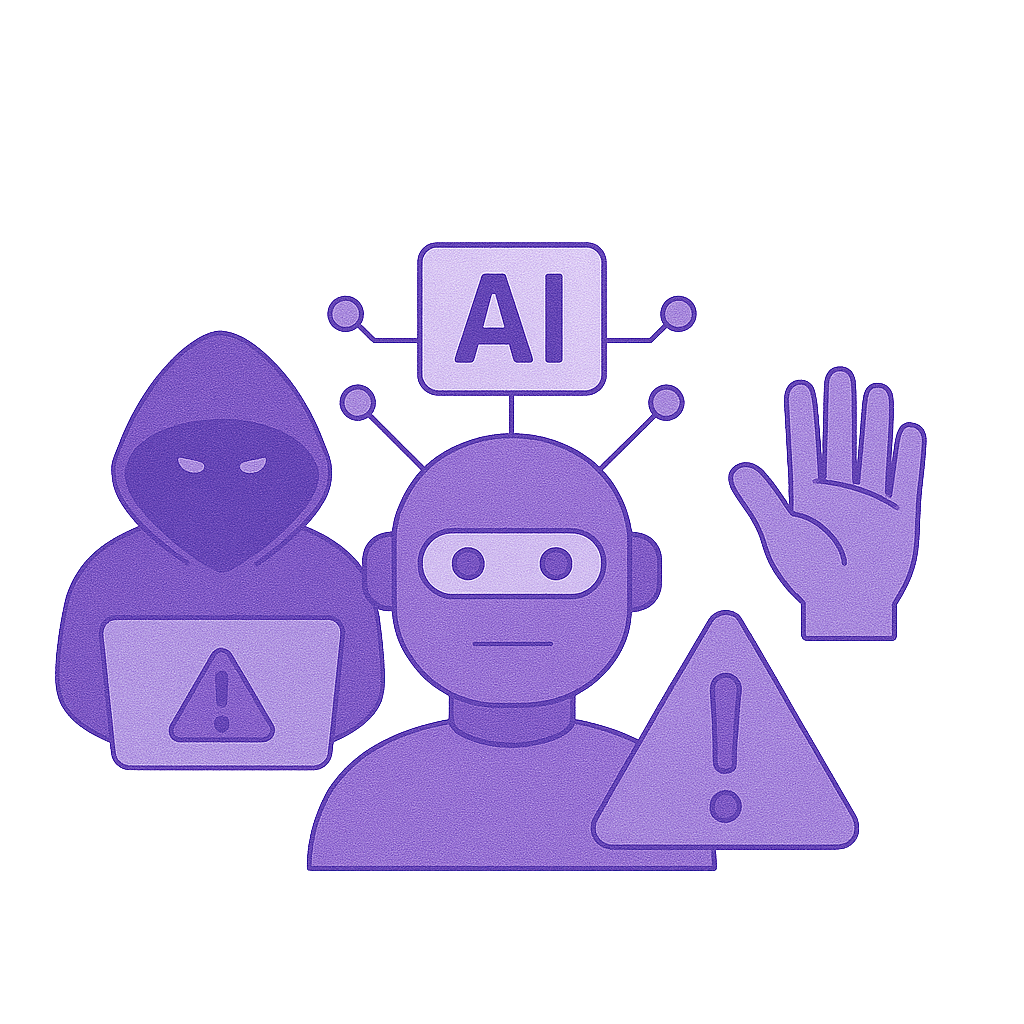Current state of AI-enabled threats demands immediate action
The threat landscape has evolved with alarming speed and sophistication. Research from leading cybersecurity firms shows that nation-state actors in five countries are using AI operationally for cyber operations, while criminal organizations are using AI tools to generate sophisticated malware in minutes that previously required expert knowledge.
The scale of the use of AI by threat actors is staggering. Voice phishing attacks increased by 442% between the first and second half of 2024, driven by AI-generated synthetic voices that perfectly mimic executives and trusted contacts. The average cost of AI-powered phishing attacks now stands at $4.88 million, a 10% increase over traditional attacks. Of particular concern is that AI-powered phishing campaigns outperform the effectiveness of elite human cybercriminals by 55%.
Real-world incidents show the immediate impact on business. A single deepfake CEO scam resulted in $25 million in losses when multiple executives simultaneously impersonated them in a video conference. North Korean IT operatives used AI-powered attacks to infiltrate over 320 companies, generating at least $866,255 in just 10 of more than 64 compromised organizations. These attacks were successful because they used AI to accelerate traditional attack techniques while introducing entirely new threat vectors that existing security controls cannot adequately address.
Criminal AI tools have rapidly professionalized. Dark web platforms like FraudGPT charge annual subscriptions worth $200 to $1,700 and have over 3,000 confirmed sales. These platforms offer undetectable malware generation, automated credential harvesting and social engineering content creation without ethical guardrails. The democratization of advanced attack capabilities means that even inexperienced criminals can now execute sophisticated campaigns that previously required years of experience.

